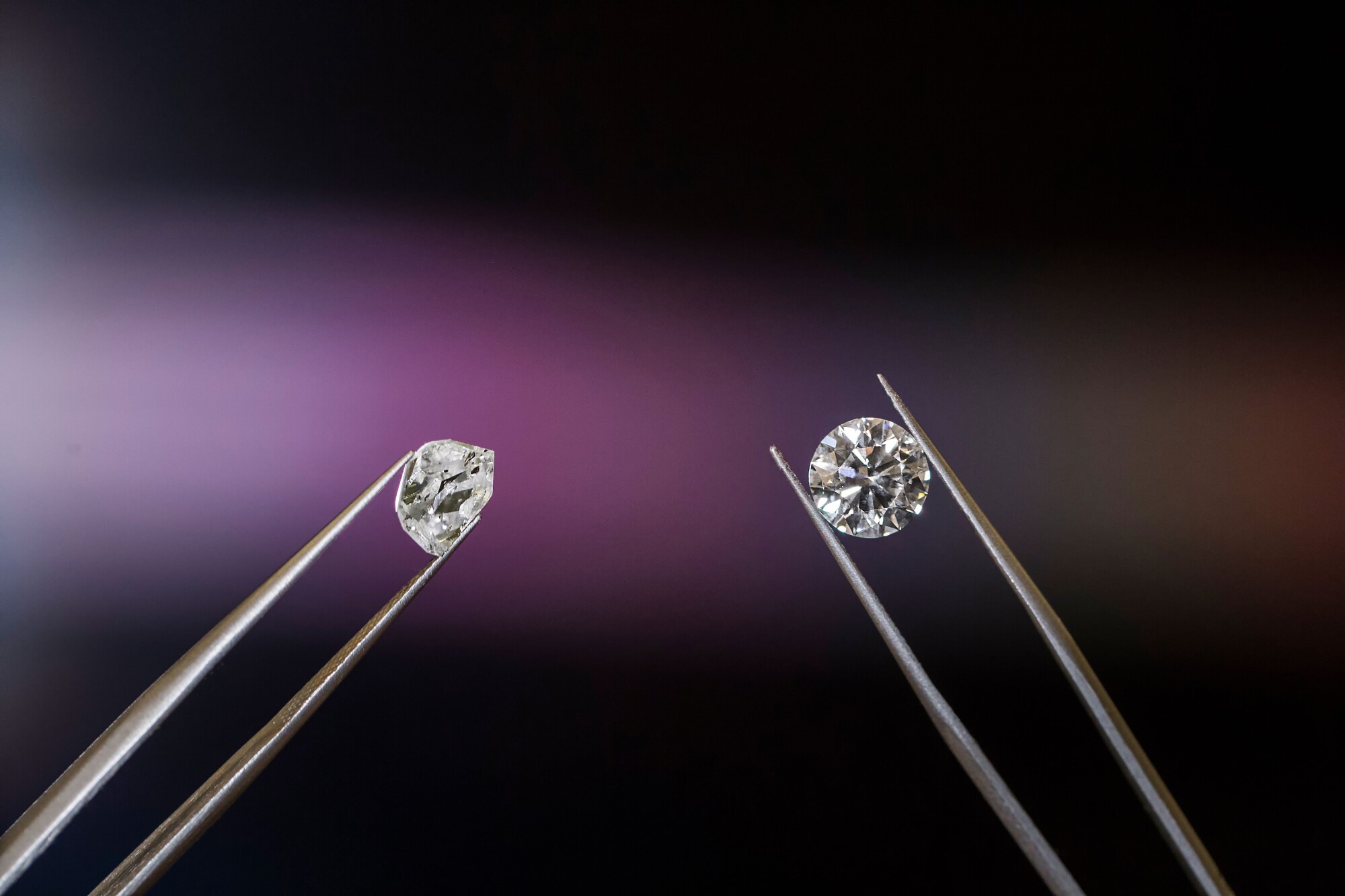Table of Contents
Introduction
When it comes to engagement rings and other jewelry pieces, lab-grown diamonds have been making waves in recent years. These ethically sourced gems offer an eco-friendly and affordable alternative to traditional mined diamonds. But what about the setting? How do lab grown diamond rings claws fare when it comes to the claws that hold them in place? Let’s dive into the world of lab-grown diamond rings with claws and explore why they’re becoming increasingly popular.
What are Lab-Grown Diamonds?
Lab-grown diamonds, also known as synthetic or cultured diamonds, are created in controlled environments that replicate the natural diamond-growing process. These diamonds have the same chemical composition, physical properties, and visual appearance as mined diamonds but are produced sustainably in laboratories.
Advantages of Lab-Grown Diamond Rings
Eco-Friendly
One of the primary advantages of lab-grown diamond rings is their minimal environmental impact. Unlike traditional mining methods, which can lead to habitat destruction and pollution, lab-grown diamonds require significantly fewer resources and energy to produce.
Affordability
Lab-grown diamonds typically cost 20-40% less than mined diamonds of comparable quality. This lower price point makes them more accessible to a wider range of consumers without compromising on beauty or durability.
Ethical Considerations
Because lab-grown diamonds are created in controlled environments, there are no concerns about unethical labor practices or the funding of conflicts, often associated with mined diamonds. This ethical transparency appeals to many consumers who prioritize social responsibility.
Understanding Diamond Ring Claws
What Are Diamond Ring Claws?
Diamond ring claws, also known as prongs, are the metal projections that hold the diamond in place on the ring’s setting. These claws not only secure the gemstone but also allow light to enter from multiple angles, enhancing its brilliance and sparkle.
Types of Claws
There are various types of claw settings, each offering unique benefits and aesthetics. Common types include:
- Prong Setting: This classic setting uses metal claws to secure the diamond at its corners or along its edges, allowing maximum light exposure.
- Bezel Setting: In this setting, a metal rim surrounds the diamond, providing a sleek and modern look while offering excellent protection against damage.
- Channel Setting: Channel-set diamonds are held in place between two parallel metal walls, creating a smooth and secure setting ideal for accent stones.
Choosing the Right Claw Setting
When selecting a claw setting for a lab created diamonds, it’s essential to consider factors such as durability, aesthetics, and practicality.
Prong Setting
Prong settings are popular for their simplicity and ability to showcase the diamond’s beauty. However, they may require more maintenance to ensure the claws remain secure over time.
Bezel Setting
Bezel settings offer maximum protection for the diamond, making them an excellent choice for those with active lifestyles or jobs that involve frequent hand movements.
Channel Setting
Channel settings provide a sleek and sophisticated look while securely holding multiple diamonds in place. They’re ideal for those seeking a modern twist on traditional ring designs.
Benefits of Lab-Grown Diamond Rings with Claws
Enhanced Security
The claws of a lab-grown diamond ring provide added security, ensuring the gemstone remains in place even with daily wear. This peace of mind is particularly valuable for those with active lifestyles or demanding jobs.
Customization Options
Lab-grown diamond rings with claw settings offer endless customization options, allowing individuals to create unique and personalized pieces that reflect their style and personality.
Aesthetic Appeal
The combination of lab-grown diamonds and claw settings results in stunningly beautiful jewelry pieces that rival their mined counterparts. The versatility of claw settings allows for various designs, from classic solitaires to intricate halo settings.
How to Care for Lab-Grown Diamond Rings with Claws
Proper care and maintenance are essential to ensure the longevity and beauty of lab-grown diamond rings with claws.
Regular Cleaning
Regularly clean your ring with mild soap and warm water to remove dirt and oils that can dull its sparkle. Use a soft brush to gently scrub the claws and diamond, taking care not to dislodge the stone.
Avoiding Damage
Be mindful of activities that could potentially damage the claws or diamond, such as heavy lifting or participating in sports without removing your ring. Avoid exposing your ring to harsh chemicals or abrasive materials that could cause scratching or erosion.
Professional Maintenance
Schedule regular inspections with a reputable jeweler to check the integrity of the claws and ensure the diamond is securely in place. Promptly address any issues or concerns to prevent further damage or loss of the stone.
Conclusion
Lab-grown diamond rings with claws offer a perfect combination of sustainability, affordability, and beauty. With various claw settings to choose from and endless customization options, these rings provide a unique opportunity to create meaningful and personalized jewelry pieces that will last a lifetime.

